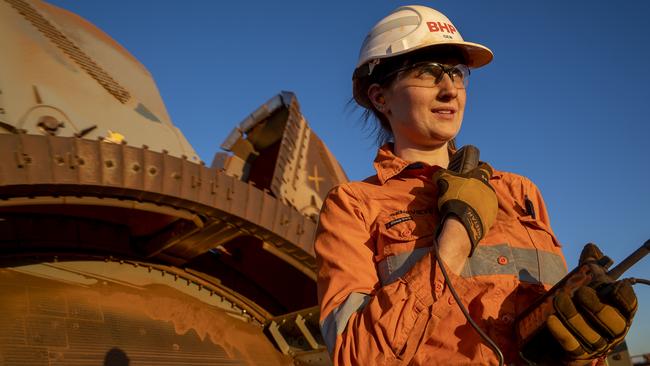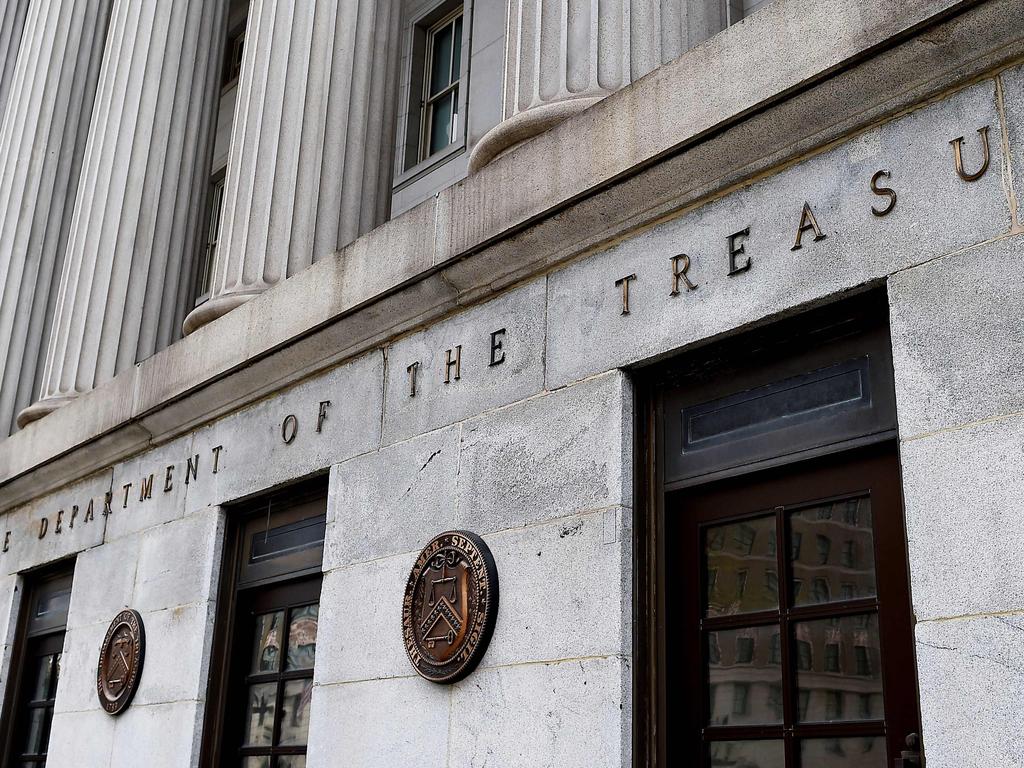Iron ore price plunge rattles shares amid China warning
Global markets were rattled again as inflation jitters rocked interest rate-sensitive stocks and iron ore plunged after China cautioned on commodity prices.

Global markets were shaken for a third day running as inflation jitters rocked interest rate-sensitive stocks and iron ore prices plunged after China’s Premier cautioned on commodity prices.
After hitting a record high daily close of 7172.79 on Monday — following a 63 per cent rise from a multi-year low of 4402.5 at the start of the COVID-19 pandemic — the S&P/ASX 200 has lost 2.7 per cent in its biggest three-day fall since January.
“The market still feels like it is going lower over the next few weeks,” Bell Potter head of institutional sales and trading Richard Coppleson said.
“For the first time in a year the market just looks vulnerable and in need of a shake-up.”
Tech stock Afterpay, which is sensitive to interest rate moves, fell 5.4 per cent to a seven-month low of $84.50, down almost 50 per cent in three months.
The global sell-off continued after the S&P 500 fell 2.1 per cent and the Nasdaq 100 index lost 2.7 per cent on Wednesday after US core CPI for April rose 0.9 per cent for the month and 4.2 per cent for the year, overshooting expectations of 0.3per cent and 2.3 per cent, respectively, albeit heavily influenced by temporary factors such as the global chip shortage.
Japan’s Nikkei 225 dived 2.5 per cent to be down 7.4 per cent in three days, the Hang Seng index fell 1.8 per cent, the KOSPI lost 1.3 per cent and Taiwan’s TAIEX index fell 1.5 per cent.
The MSCI Asia-Pacific index erased all of its year-to-date gain amid a worrisome resurgence of COVID-19 and the impact of US inflation jitters on the valuations of tech companies.
Europe’s STOXX 50 index and Britain’s FTSE 100 fell more than 2 per cent in early trading.
Meanwhile iron ore futures tumbled as traders took a break from a record-breaking surge that took the price of the steelmaking commodity to new heights this week.
The sell-off in iron ore futures came as China’s Premier Li Keqiang urged the nation to effectively deal with the commodity price surge and its impact, according to state broadcaster CCTV.
Iron ore futures traded on the Dalian exchange dived 9 per cent to below $US200 a tonne on Thursday evening, with contracts traded on the Singapore exchange off 8.5 per cent to $US208 a tonne – although analysts noted that a public holiday in Singapore likely meant the movement was on low trading volumes.
The falls come after the spot price of iron ore hit record highs of $US233 a tonne on Wednesday, extending a more than 25 per cent rally in the steelmaking commodity since China’s Labour Day holiday break ended on May 5th. The record-breaking run sparked furious trading on futures markets, forcing the Dalian exchange to again raise trading limits and margin requirements for some iron ore contracts this week, and reinstate fees on steel futures, in an effort to cool speculative trading.
The slump in iron ore futures – the biggest in the past five months – pushed Fortescue Metals shares down 4.1 per cent to $23.44, while BHP fell 1.3 per cent and Rio Tinto lost 1.6 per cent.
BHP and Rio Tinto shares hit record highs on Monday.
But CBA commodities analyst Vivek Dhar said it wasn’t necessarily a signal the rally is yet over.
“I think a sharp pullback was always on the cards given the sharp run up in iron ore prices above $US200 a tonne,” he said.
“A fall in Shanghai steel futures likely prompted Thursday’s falls in iron ore futures prices, but the market balance is still very tight and it’s still not clear that the rally is actually over.
“We have seen some supply increases in Australia, but that mostly reflects smaller mines with production capacity of zero to five million tonnes. We continue to see iron ore prices remain elevated in the first half of 2021 on strong Chinese demand and constrained seaborne supply,” he said.
Mr Dhar said strong margins for steel makers were also underpinning the commodity price rally.
“China’s strong steel demand lies at the heart of the increase in iron ore prices. In fact, steel mill margins are now at the highest level since at least November 2015 (when our data begins),” he said.
“That’s noteworthy because it means that steel demand in China is strong enough to keep steel prices significantly above surging iron ore and coking coal prices.”
China’s ban on Australian metallurgical coal meant its steel mills were paying more than twice the going rate for high quality Australian product, with Chinese domestic prices currently about $US257 a tonne, compared to the $US114 a tonne port price for Australian coal, according to CBA.
On Thursday the Pilbara Ports Authority said iron ore exports through Australia’s biggest bulk port totalled 45.1 million tonnes in April, down 3.4 per cent from the 46.7 million tonnes in March, but on par from the figure in April 2020. The June quarter is traditionally the strongest for Pilbara miners.






To join the conversation, please log in. Don't have an account? Register
Join the conversation, you are commenting as Logout